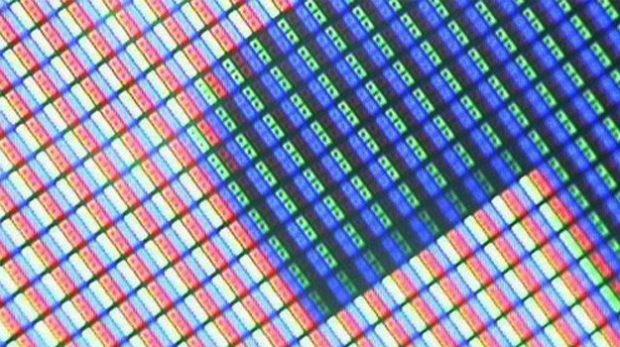Super AMOLED (S-AMOLED) and Super LCD (IPS-LCD) are two types of displays used in different types of electronics. The first is an improvement of OLED while Super LCD is an advanced form of LCD. Smartphones, tablets, laptops, cameras, smartwatches and desktop monitors are just some types of devices that use AMOLED and/or LCD technology.
All in all, Super AMOLED is probably the best choice over Super LCD, assuming you have a choice. Read on to learn more about how these display technologies differ and how to decide which one is best for you.
What is S-AMOLED?
S-AMOLED, a shortened version of Super AMOLED, stands for super active matrix organic light-emitting diode. It is a type of visualization that uses organic materials to produce light for each pixel.
One component of Super AMOLED displays is that the level that detects the touch is embedded directly in the screen instead of being a completely separate layer. This is what makes S-AMOLED different from AMOLED.
What is IPS LCD?
Super LCD is the same as IPS LCD, which means in-plane switching liquid crystal display. It is the name assigned to an LCD screen that uses switching panels (IPS). LCD screens use backlighting to produce light for all pixels and each pixel shutter can be turned off to affect its brightness.
Super LCD was created to solve the problems arising from TFT LCD (thin-film transistor) displays to support a wider viewing angle and better colors.
Super AMOLED vs Super LCD- a comparison
There is no easy answer as to which display is best when comparing Super AMOLED and IPS LCD. The two are similar in many respects but different in others, and often it all boils down to how one behaves on the other in the real world.
However, there are some real differences between them that determine the functioning of various aspects of the display.
For example, a quick consideration is that you should choose S-AMOLED if you prefer deeper blacks and brighter colors because those areas are what distinguish AMOLED screens. However, you could instead opt for Super LCD if you want sharper images and want to use your device outdoors.
Image and color
S-AMOLED displays are much better at revealing dark black because every pixel that needs to be black can be really black because the light can be turned off for each pixel. This does not happen with Super LCD screens since the backlight is still active even though some of the pixels must be black and this can affect the darkness of those areas of the screen.
Also, since blacks can be really black on Super AMOLED screens, the other colors are much more vivid. When pixels can be completely turned off to create black, the contrast ratio surpasses all with AMOLED displays because white is brighter thanks to black, really black.
However, since LCD screens have backlighting, sometimes it seems that the pixels are closer together, producing an overall sharper and more natural effect. AMOLED screens, when compared to LCD screens, may appear too saturated or unrealistic and whites may appear slightly yellow.
When using the screen outdoors in bright light, it is sometimes said that Super LCD is easier to see but S-AMOLED screens have fewer layers of glass and therefore reflect less light, so there really isn’t a clear answer to how they compare to direct light.
Another consideration when comparing the color quality of a Super LCD screen with a Super AMOLED screen is that the AMOLED display slowly loses its vibrant color and saturation, although this usually takes a long time and may not be obvious.
Cut it
Without backlit hardware and with the added benefit of a single screen carrying touch and display components, the overall size of an S-AMOLED screen tends to be smaller than that of an IPS LCD screen.
This is one of the advantages of S-AMOLED displays especially with regard to smartphones since this technology can make them thinner than those using IPS LCD.
Energy consumption
Since IPS-LCD displays have a backlight that requires more energy than a traditional LCD screen, devices that use these screens require more energy than those using S-AMOLED, which do not need a backlight.
That said since each pixel of a Super AMOLED display can be optimized for every color requirement, energy consumption can, in some situations, be higher than the Super LCD.
For example, playing a video with many black areas on an S-AMOLED display saves energy compared to an IPS LCD screen because the pixels can actually be turned off and no light needs to be produced.
On the other hand, displaying a lot of colors all day would most likely affect a Super AMOLED screen more than on a device that uses the Super LCD screen.
Price
An IPS LCD screen includes a backlight while the S-AMOLED screens do not, but also have an additional level that supports touch, while Super AMOLED displays have the one integrated into the screen.
For these reasons and others (such as color quality and performance), it is probably safe to say that S-AMOLED screens are more expensive to build and therefore the devices that use them are much more expensive than their LCD equivalents.

